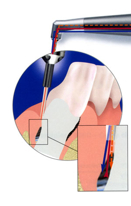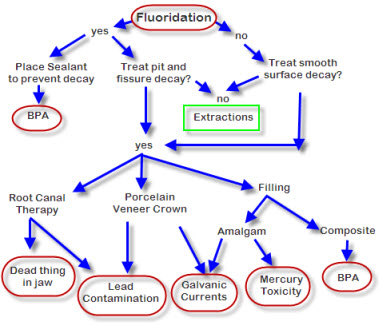
Just so we have this straight: lasers are okay, but needles? Not so much. Texas is a bit behind the times regarding local anesthesia. But the great news is that their state board just recently issued a statement that affirms the legality of laser use by formally trained hygienists for treating periodontal disease that is not responding to traditional therapy. Here it is in the Board’s own words:
Texas State Board of Dental Examiners’ Position Statement on the Use of Lasers by Dental Hygienists
The Texas State Board of Dental Examiners is aware that lasers can be used to replace or supplement traditional dental instruments such as handpieces, scalpels, curing lights, and the explorer.
It is the position of the Board that licensed dental hygienists may use lasers that are not capable of cutting or removing hard tissue, soft tissue, or tooth structure to perform clinical tasks that are otherwise within the hygienist’s scope of practice. Dental hygienists must perform intraoral procedures involving a laser under the general supervision of a licensed dentist.**
Whenever a new treatment modality is brought forward, it is the Board’s policy that the licensee must have proficiency and training in the use of the technology for the procedure performed. Licensees utilizing new technology must maintain documentation of the satisfactory completion of formal continuing education or training using the technology for the procedures performed. The particular technology utilized performing any particular clinical task does not alter the requirement that a dentist is ultimately responsible for any procedure delegated to an auxiliary and the auxiliary performing the procedure remains responsible for performing the task within the standard of care.
** “General supervision” means that the dentist employs or is in charge of the dental hygienist and is responsible for supervising the services performed by the dental hygienist. The dentist may or may not be present on the premises when the dental hygienist performs the procedures.
![]()
 We were impressed that when put on the spot between inaugural balls today, President Barack Obama was able to outline his plan to give all people in the United States of America the right to a beautiful, healthy smile. The big question is: just
We were impressed that when put on the spot between inaugural balls today, President Barack Obama was able to outline his plan to give all people in the United States of America the right to a beautiful, healthy smile. The big question is: just  Hi. I’m a very sad American Indian.
Hi. I’m a very sad American Indian. 


